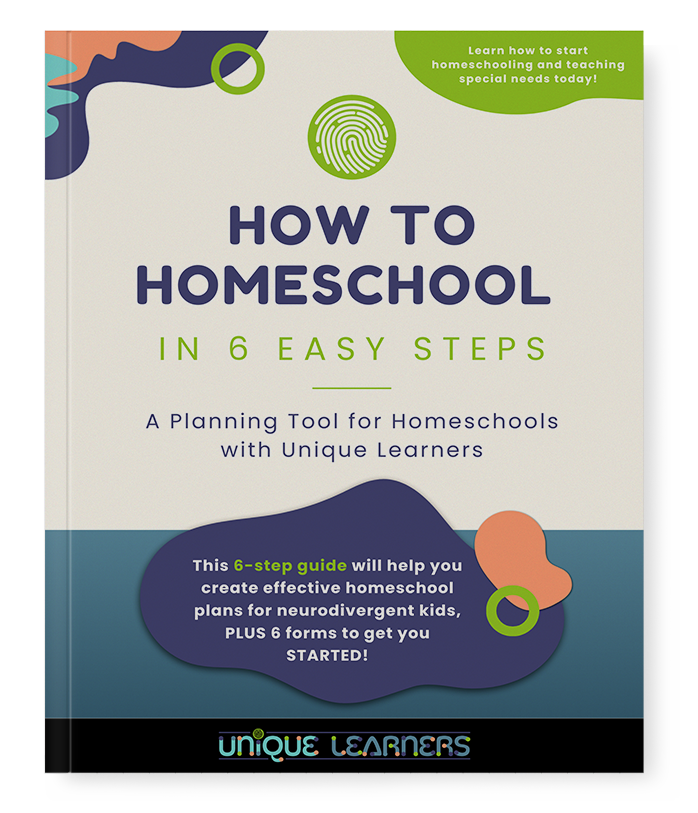One of the most common questions I am asked by homeschool moms and see in social media groups is how to help kids learn the multiplication tables easily because they don’t seem to stick. This article will go into some depth describing how kids learn math and memorize multiplication facts without it becoming a boring chore.
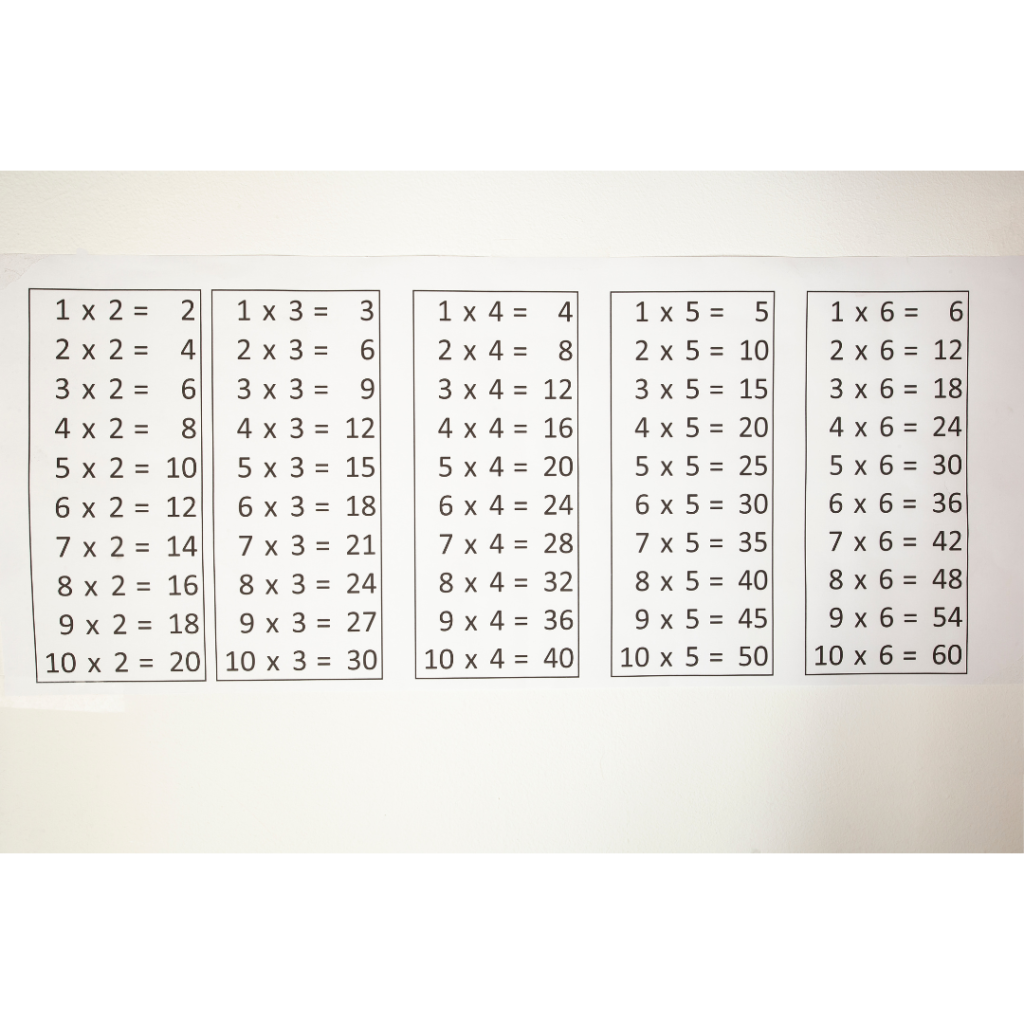
Concepts Before Anything Else
First, it is important to remember that concepts are the first thing that must be taught when learning math. For multiplication facts, kids must understand that multiplication is counting GROUPS of things, and the groups must have the same amount in them. Addition is counting up or putting INDIVIDUAL things together. Multiplication is like addition, except we are counting up by GROUPS.
Using manipulatives, like Legos, multilink cubes, Cuisenaire blocks, or Math-U-See blocks can assist in helping kids visually see groups. For older kids, I like to use green counting chips in little plastic snack bags. That way they are making groups that can eventually be used for fractions, making even more conceptual connections.
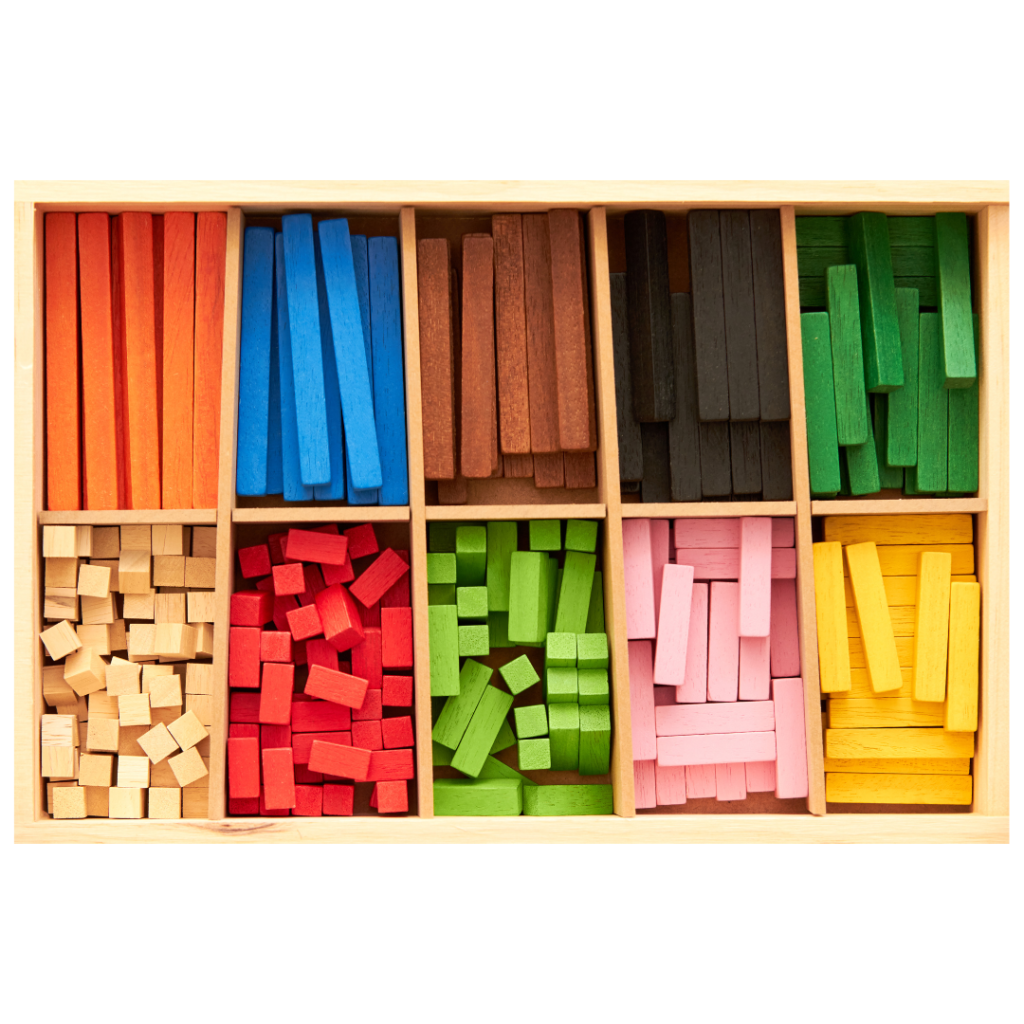
Remember the 4 Stages of Concept Development
It is super important not to remove these manipulatives too quickly because we want to cement the concept fully before moving to picture clues (semi-concrete stage), skip counting dots or touchpoints (semi-abstract stage) or recalling the facts using only the number symbols (abstract). Kids need to move through these stages from concrete manipulatives to the abstract gradually in order to retain the meaning of the operations.
Skip Counting Helps to Make Connections
Next, skip counting can be very valuable in knowing the multiples or answers of the multiplication facts. Skip counting with music videos can make the learning process more effective because the pictures of objects, music, and number symbols activates multiple areas of the brain, including the right hemisphere, which makes memorization more effective. Again, practice longer than you think is necessary, so the skip counting is embedded into long-term memory.

I also try to explicitly make connections between skip counting to daily life math skills. Telling time is connected to x5. Counting money is connected to x10 and x5. So many objects in daily life require counting by 2 or 3. You can send your child on various scavenger hunts around the house to search for groups of 2, 3, 4, and more!
Use a Systematic Sequence
When introducing the multiplication facts on worksheets, teach each separate fact table individually. I teach the facts in this sequence: x0, x1, x10, x11, x2, x12 (for some kids or wait until the end), x5, x3, x4, x6, x7, x8, x9. As I instruct each fact table, I point out or have my student identify any patterns. We look at the facts with our manipulatives. As we go to higher tables, I also point out multiples (products or answers) that have more than one set of factors. We look for relationships between different tables, such as 5 and 10, or 2, 4, 6, and 8.
For worksheets, I have only the individual table in order so kids can see a connection with skip counting. Then I present that same table in mixed order. I take a minimum of a week on each table; however, kids with dyscalculia, memory issues, or any other learning issue may need even more time.
It is OK to use the same worksheet more than once. After a week, most kids don’t remember doing a worksheet before. Also, some kids find the familiarity of doing a worksheet a second time to be safe and comforting.
Of course, flashcards and computer games can take the place of worksheets. Mix it up to keep the practice fresh and novel.
Allow Reference Helps
Math practice is the one area that you really need to have worksheets for adequate calculation practice. You can find worksheets that have large fonts and few problems on a page.
When working on the multiplication facts on worksheets, providing a multiplication chart or answer key for awhile. I encourage kids to use their reference cue cards until they can answer the facts without looking. No timing at this point, and for some kids who have dyscalculia or anxiety issues – never.
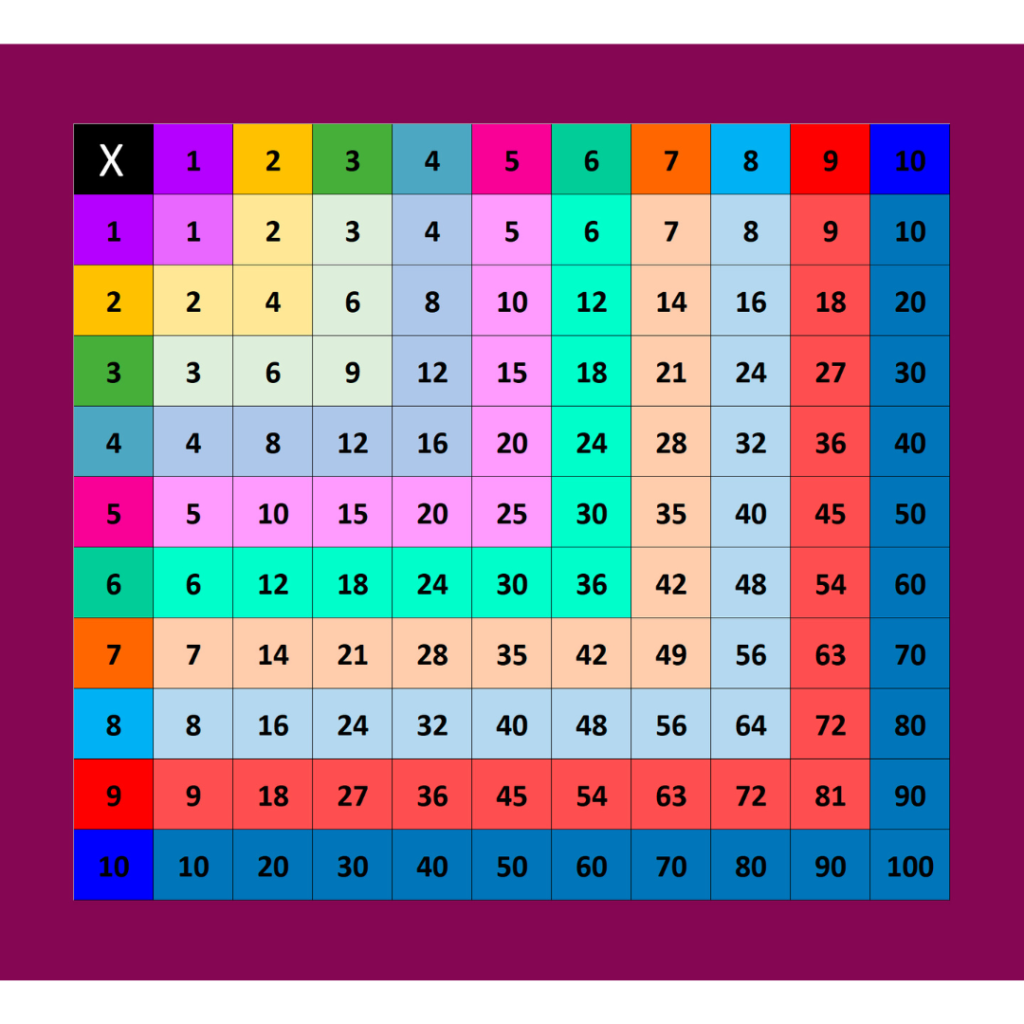
If you want, laminate or place worksheets in a plastic page protector sleeve. Have your children use vis-à-vis markers or dry erase markers. Many students like to use their favorite color. Also, the fine motor skills are easier than a pencil on regular paper.
If you do grading, do NOT grade practice pages. It is ok to do tasks more than once just to practice. Skills take time to master. Think about doing the times facts as practicing piano or dribbling a basketball. No one plays like a professional at the beginning. It takes work and time to build advanced skills.
Be Patient
Often parents and teachers expect faster results, but kids enjoy things that they can do well. Go slow. If needed, take all year on just multiplication if this is your child’s first exposure to multiplication. Don’t be afraid to come back and practice the facts every year – even through high school.
Use Compensation or Bypass Strategies
One compensation strategy is using touchpoints when needed. If you taught skip counting with touchpoints, you can have your kiddo decide which factor they prefer to skip count. Touchpoint the other factor while skip counting. I often use this strategy when a student is trying to count on their fingers or in their head and taking a long time to pull out the answer. We want to work toward automatic recall, so for those kids with memory issues, touchpoints can reduce the time that mental or finger counting takes.
A calculator can be a fun bypass strategy for any learner. Younger students need practice to accurately input the numbers and the correct operation. What may seem simple to us as adults, is equally or more complicated for children as using a computer.
Using a calculator can help older students go faster and assists those who have long-term memory issues. Even when a student is allowed to use a calculator any time, regular times practice for maintenance can often resolve some of the conceptual misunderstandings and improve immediate recall of facts as kids move through different developmental stages.
Multisensory Is Brain Friendly
Some kids learn best through stories. If you have a child who learns math by connecting stories to the concepts, you may want to look at Times Tables the Fun Way or Times Tales. These two programs assign a character to each of the numerals. A picture and story are built to embed the factors and the product (answer) together in the story. By having a picture and story presented together, the fact is stored in both the right and left hemispheres of the brain for easier recall.
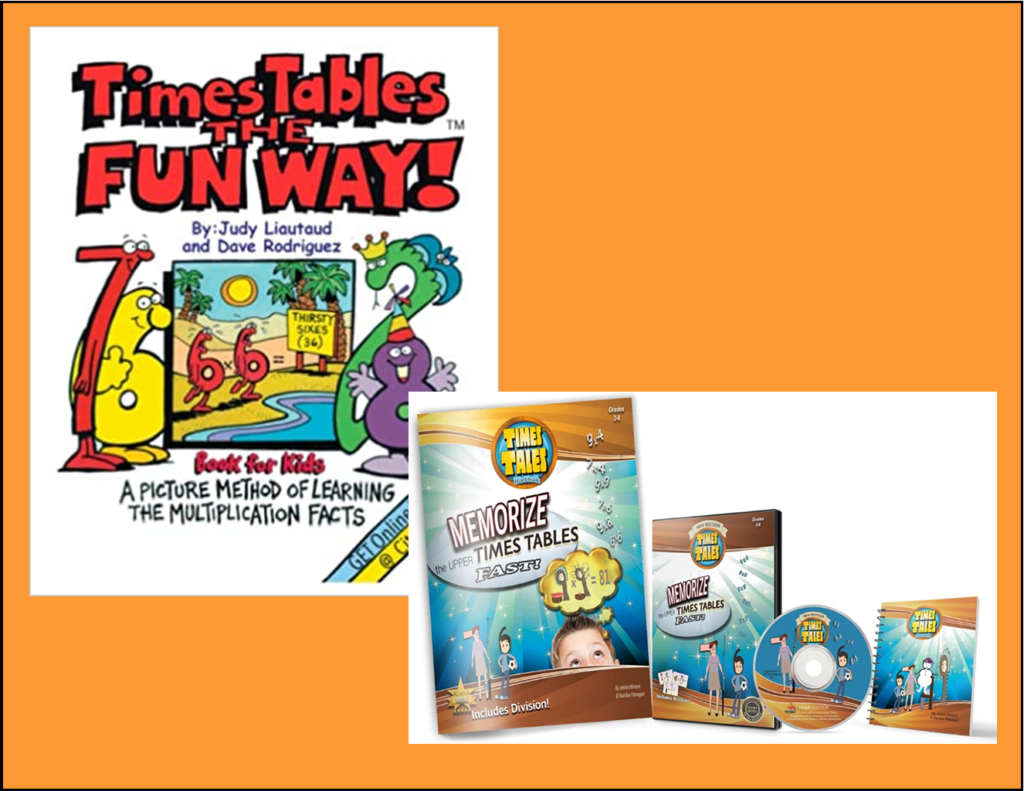
It is fun to learn the 9 times table using either the finger trick or one of several patterns. Some kids love the finger trick. Others who prefer one of the counting patterns catch on to the nines easily.
Moving activities can make skip counting and times facts very fun! March around the house while counting aloud. Jump from factors to product on pieces of construction paper. Run around the backyard to gather factors and products on index cards. Relay races, sidewalk chalk, playing on a Twister mat, or playing sock/bucket basketball are active ways to practice multiplication.
Playful Practice is Joyful Learning
I have kids practice with worksheets, flashcards, and all types of activities and games. Board games, bingo, card games, and dice games all can make practicing multiplication fun. I love to make games and have games for each of the multiplication tables.
You can find my games here!
Many of the game files also have worksheets, flashcards, and other games included. Games are fun and can be played over and over again. I have found that my students will play the same game many more times than I could ever get them to do facts on a worksheet.
For older students reviewing the times tables, I often play a racing game instead of a daily timed drill. When they have gained a bit of speed, I have them race me. Kids are so proud of themselves when they beat me!
Visually Show Progress
I like to have a mastery chart to visually show each child how they are progressing as each table is mastered. I have used a paper ice cream cone and added paper scoops of ice cream for each fact family.

Other ideas for mastery charts are: flower petals, kittens, dogs, an egg carton with fancy eggs, dinosaurs, a gold miner with gold nuggets, pumpkins, or apples on a tree. Use a mastery chart that you know will appeal to your kiddo! Even older students like to see how quickly they have reviewed the multiplication facts.
Teach, Practice, Repeat, Repeat, Repeat!
As you can see, mastering the multiplication tables is more than a one time instruction and practice in second or third grade with the expectation that the memorization will stick, especially when there are other math skills and mixed operations between practice sessions. Continue to practice a couple of times a week at first, then once a week, then a couple of times a year, then once a year.

I have found that some middle schoolers don’t have a solid mastery of multiplication and division, so students get stumped working with fractions and factoring equations. Teens who get stuck in algebra often do not have a firm grasp of the purpose of each operation and a conceptual understanding of multiplication properties.
Remember that we all enjoy doing things that we are good at. Be sure to do a little at a time in sequence and long enough to reach mastery at each stage. Go back to manipulatives whenever needed. Practice the times facts, in a way that your child learns. Review at frequent intervals until child feels confident. Most of all, model and communicate that multiplication is fun!

